Ag Days
Fourth-graders learn different faces of agriculture

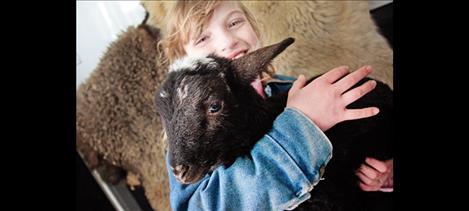
Nicole Tavenner
Lina Sturman cuddles a lamb named Star during Ag Days.

Nicole Tavenner
Fresh ground beef sizzles on the gril in preparation for lunch at Ag Days.

Nicole Tavenner
Susan Gardner models her handmade wool mittens for students.
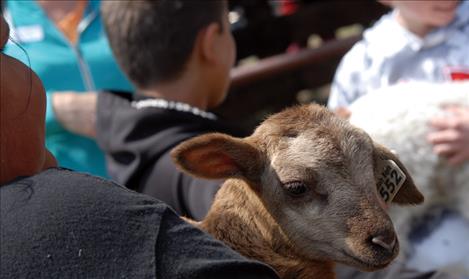
Berl Tiskus
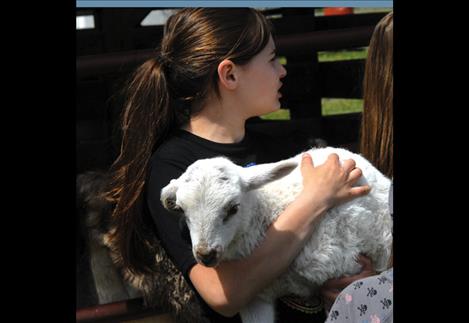
Berl Tiskus

Berl Tiskus

Berl Tiskus

Berl Tiskus
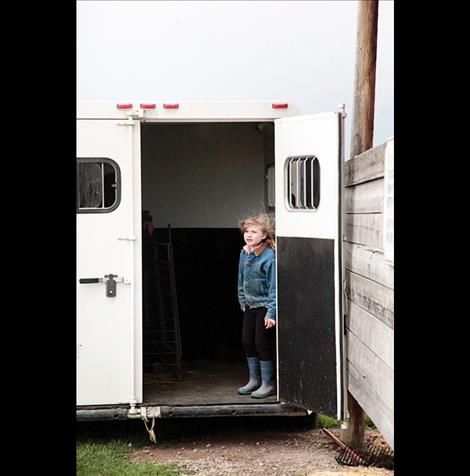
Nicole Tavenner
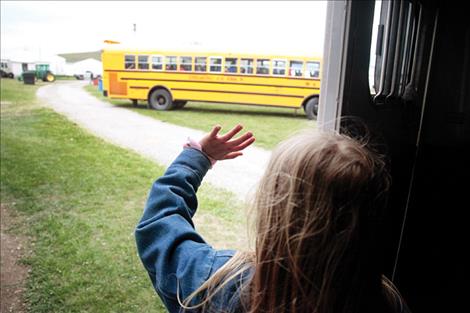
Nicole Tavenner
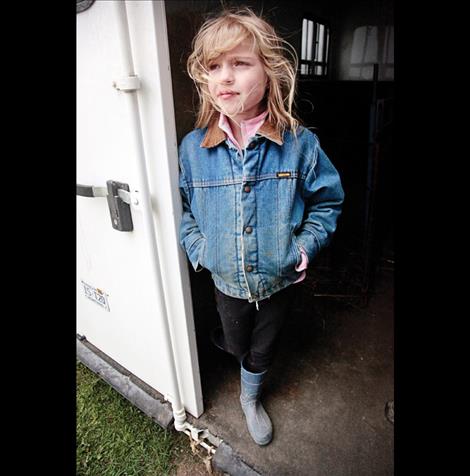
Nicole Tavenner
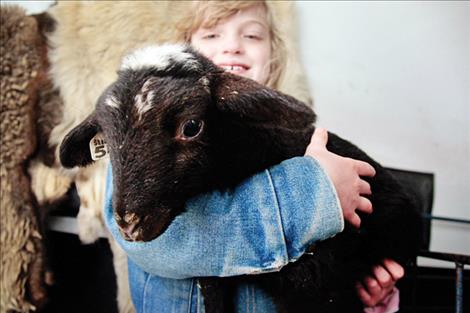
Nicole Tavenner

Nicole Tavenner
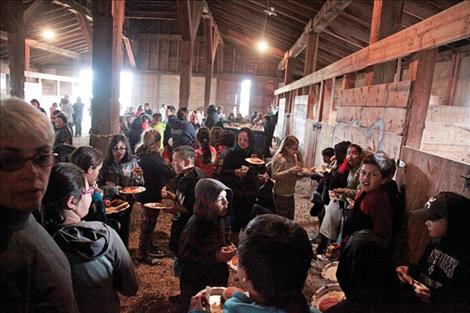
Nicole Tavenner

Nicole Tavenner

Nicole Tavenner
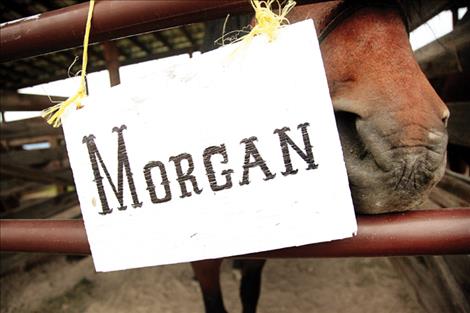
Nicole Tavenner

Nicole Tavenner

Nicole Tavenner

Nicole Tavenner

Nicole Tavenner
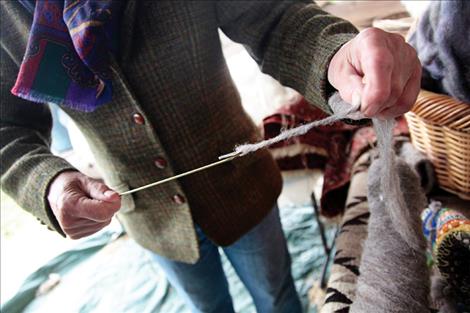
Nicole Tavenner

Berl Tiskus
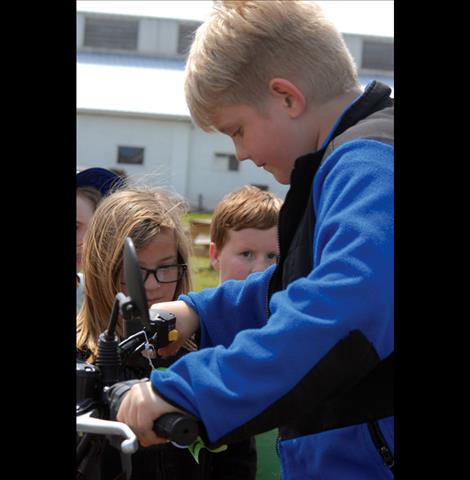
Berl Tiskus
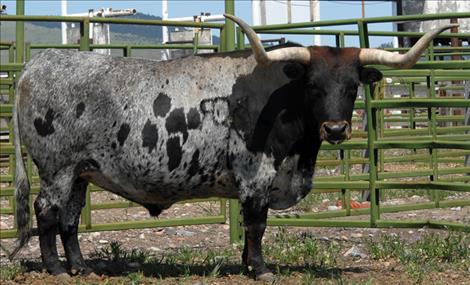
Berl Tiskus
Issue Date: 5/13/2015
Last Updated: 5/13/2015 2:44:06 AM |
By
Berl Tiskus
Keep Reading!
You’ve reached the limit of 3 free articles - but don’t let that stop you.















